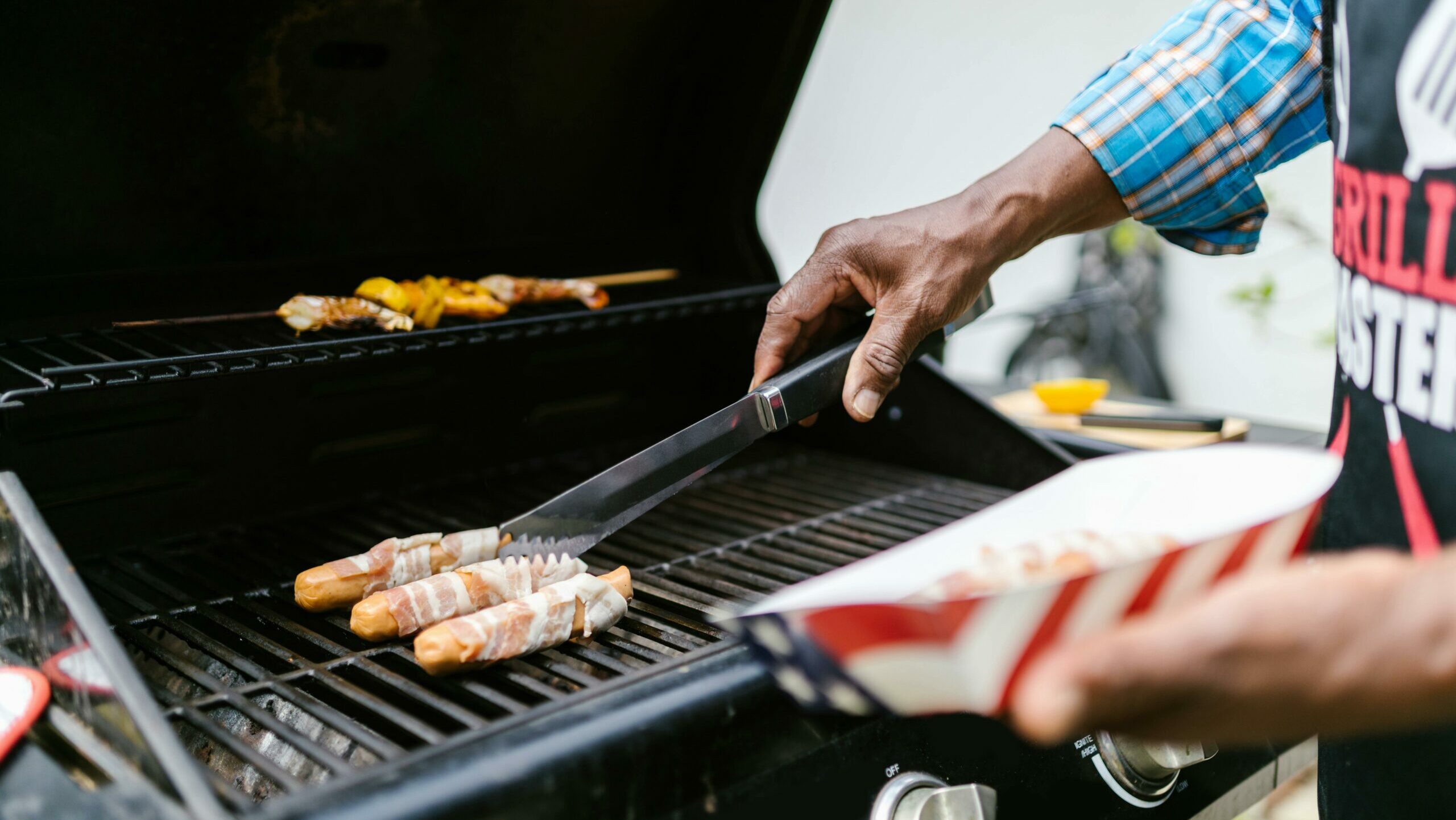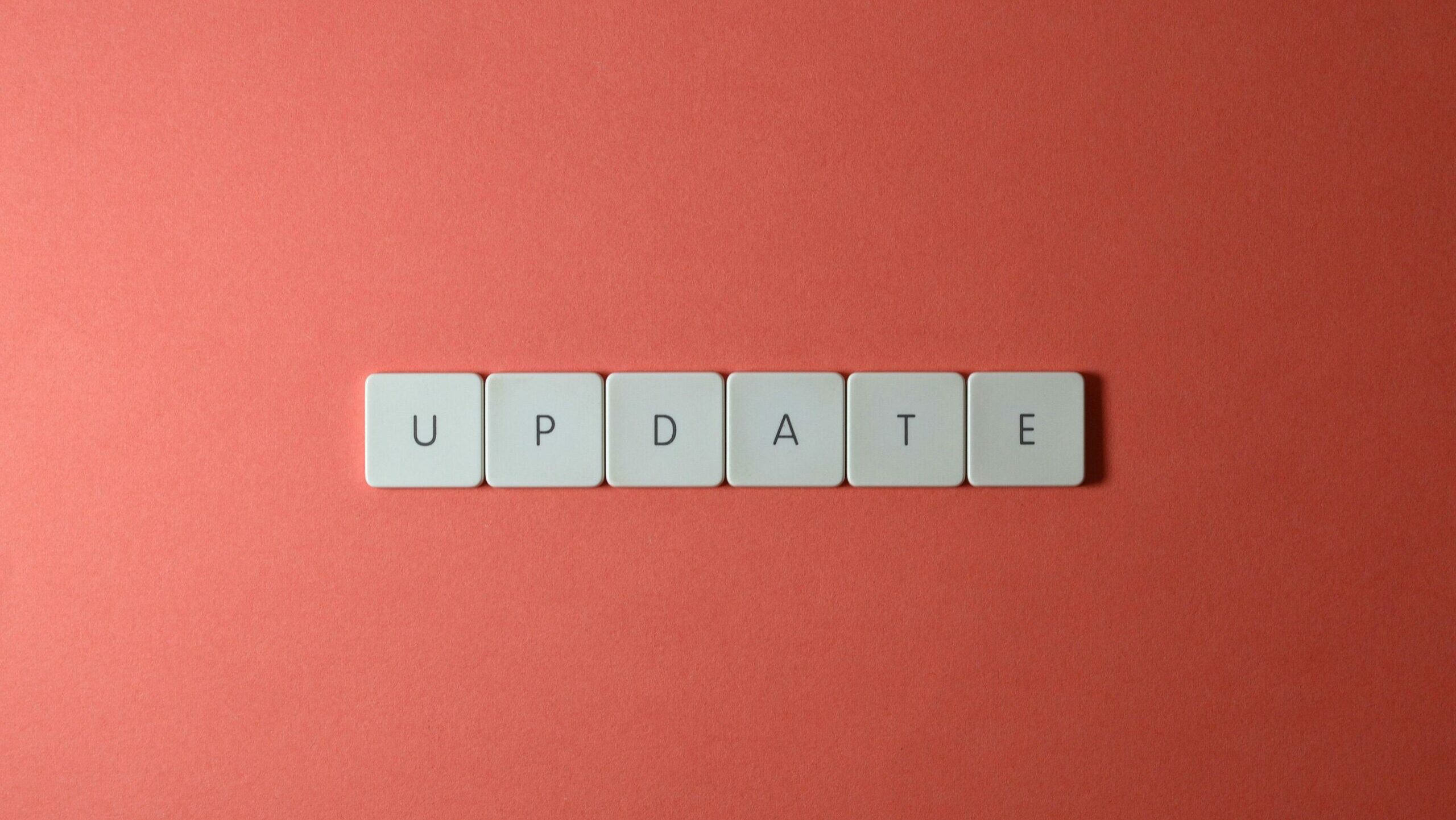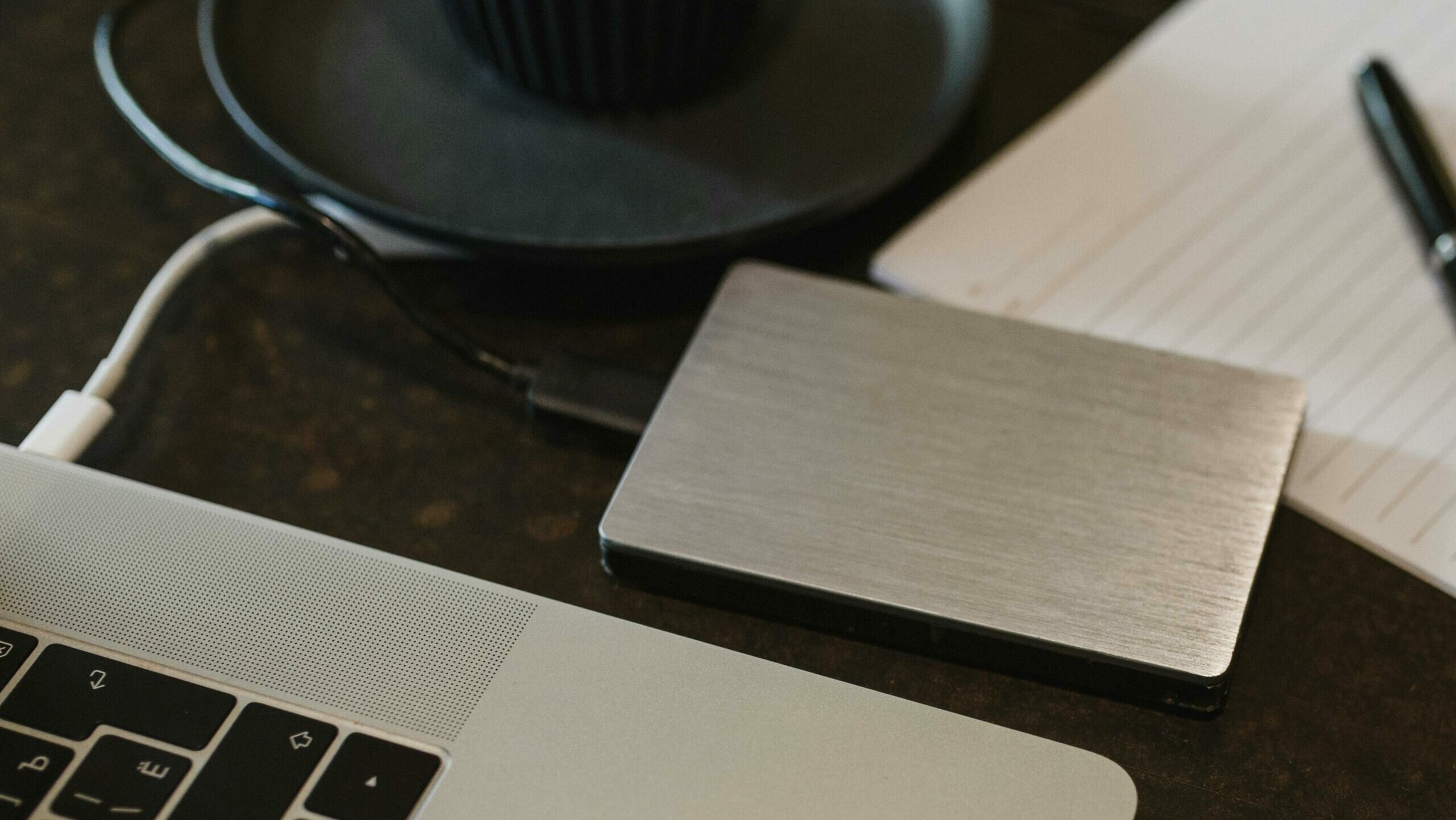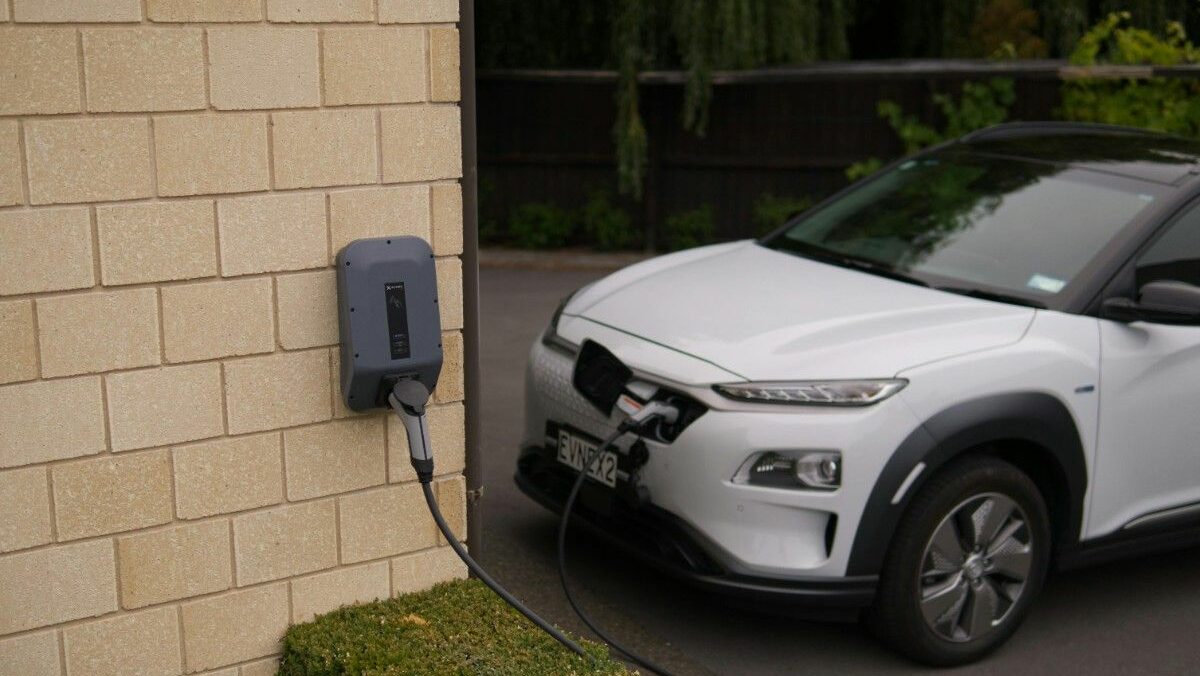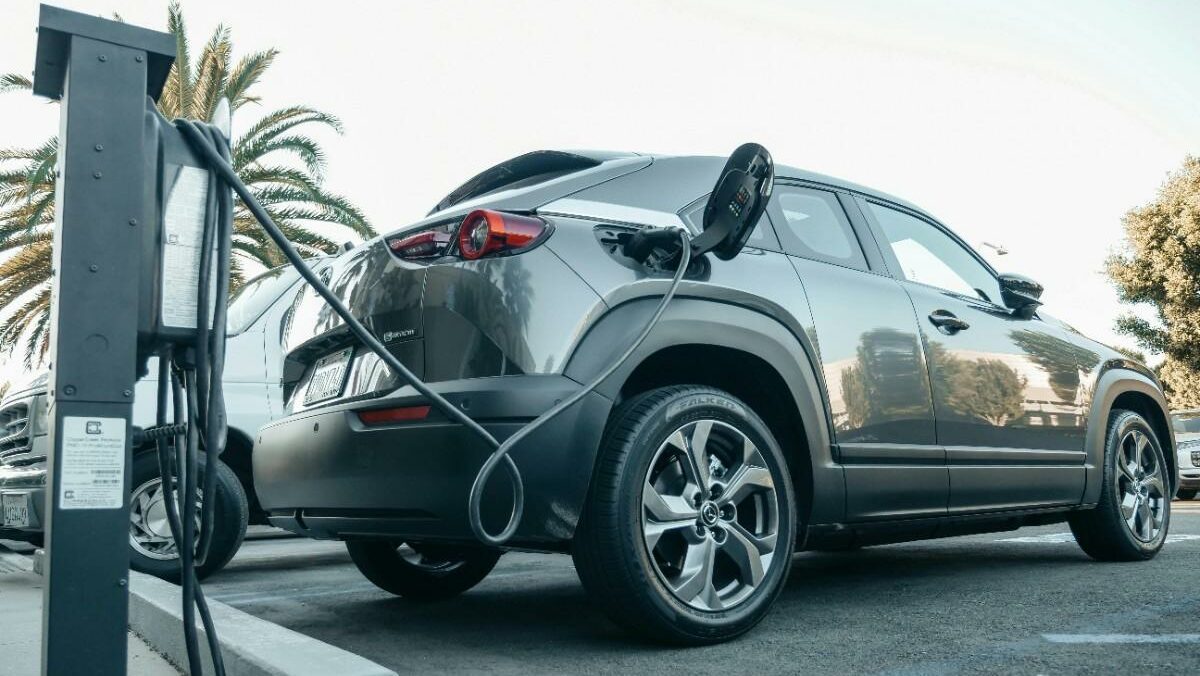Rhinoplasty After 40: The Truth and What You Should Know Before Making the Plunge
Let’s be real: when we reach our 40s, we begin to see aspects of our faces that previously didn’t concern us. Your whole life has been spent with that nose. All of a sudden, it appears… unusual. It can be sagging a little or the tip isn’t as perky as once. Rhinoplasty beyond 40 should be discussed first; then you can start pinching it in the mirror like a let down father. Certainly, it’s an option, but there are a few things you should understand first before scheduling that session.
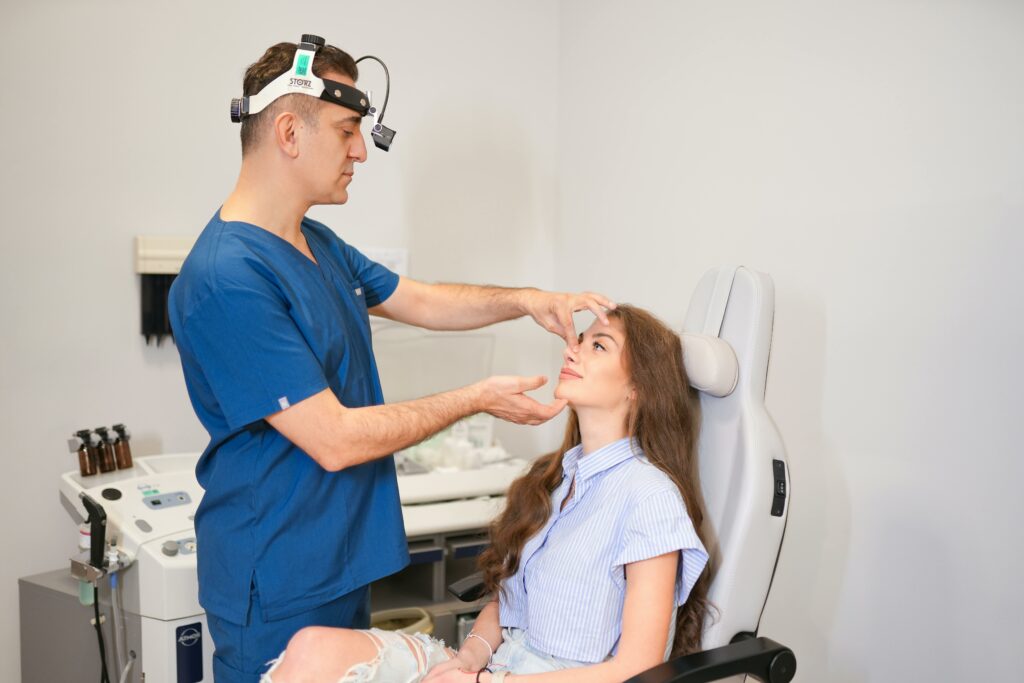
Why Think About Rhinoplasty Now?
First off—you’re not being vain. Nasal cartilage weakens, skin loses suppleness, and gravity does what gravity does best as we age. Many in their 40s and older select rhinoplasty not only for aesthetic purposes but also to correct breathing problems arising with aging. Your teenage years’ small bulge may suddenly be causing genuine airflow issues. The good news is Modern rhinoplasty methods can provide you a nose that looks fantastic and functions even better by addressing both form and function.
The Mature Nose
Your plastic surgeon won’t tell you in their Instagram advertising that rhinoplasty after 40 is not the same operation as for a 20-year-old. While older skin is less flexible and takes longer to recover, younger people recover more quickly. But before you feel disheartened, think about this: seasoned surgeons really like operating on more advanced nasal anatomy. Results might be more predictable and the cartilage more stable. Finding a specialist who gets the subtleties of geriatric rhinoplasty is essential; yes, that’s the medical phrase, but let’s ignore that.
Recovery Expectations
Should you picture oneself appearing camera-ready in two weeks, allow me to gently lower those hopes. In older individuals, swelling often lasts longer—we’re talking months, not weeks for final outcomes to appear. Especially under the eyes, bruising could linger like an uninvited houseguest. Here’s a professional advice, though: during healing, arnica tablets and cold compresses turn into your new closest buddies. Though rigorous activity will have to wait a good six weeks, most patients return to work within 10 to 14 days.
The Non-Surgical Option
Not prepared for the complete rhinoplasty experience? For some problems, non-surgical nose jobs with fillers can perform small miracles. All during your lunch hour, a professional injector may hide lumps, raise drooping tips, and even fix little asymmetries. The catch is Results are transient (lasting around a year), and it won’t address structural problems or much enhance breathing. Still, it’s a fantastic choice for dipping your toes in the cosmetic seas.
Choosing the Appropriate Surgeon
Now is not the moment to bargain hunt. A board-certified plastic surgeon or facial plastic expert with significant experience in mature rhinoplasty is what you will want. Request to view before-and-after pictures of patients in your age range, and don’t hesitate to ask about their attitude toward more mature, thicker skin. A good surgeon will talk about reasonable expectations instead of guaranteeing perfection.
The Final Word
Whether you want functional enhancement or cosmetic refinement, rhinoplasty beyond 40 can be life-changing. Going in with eyes wide open—knowing the lengthier recovery timeframe, locating an experienced surgeon, and having reasonable expectations—is the key. Your nose has served you well for years; now could be the ideal moment to give it the improvement it merits. Remember that this is about developing the greatest version of your present face, not pursuing your 20-year-old nose. Now, who is prepared to actually and metaphorically breathe easier?


